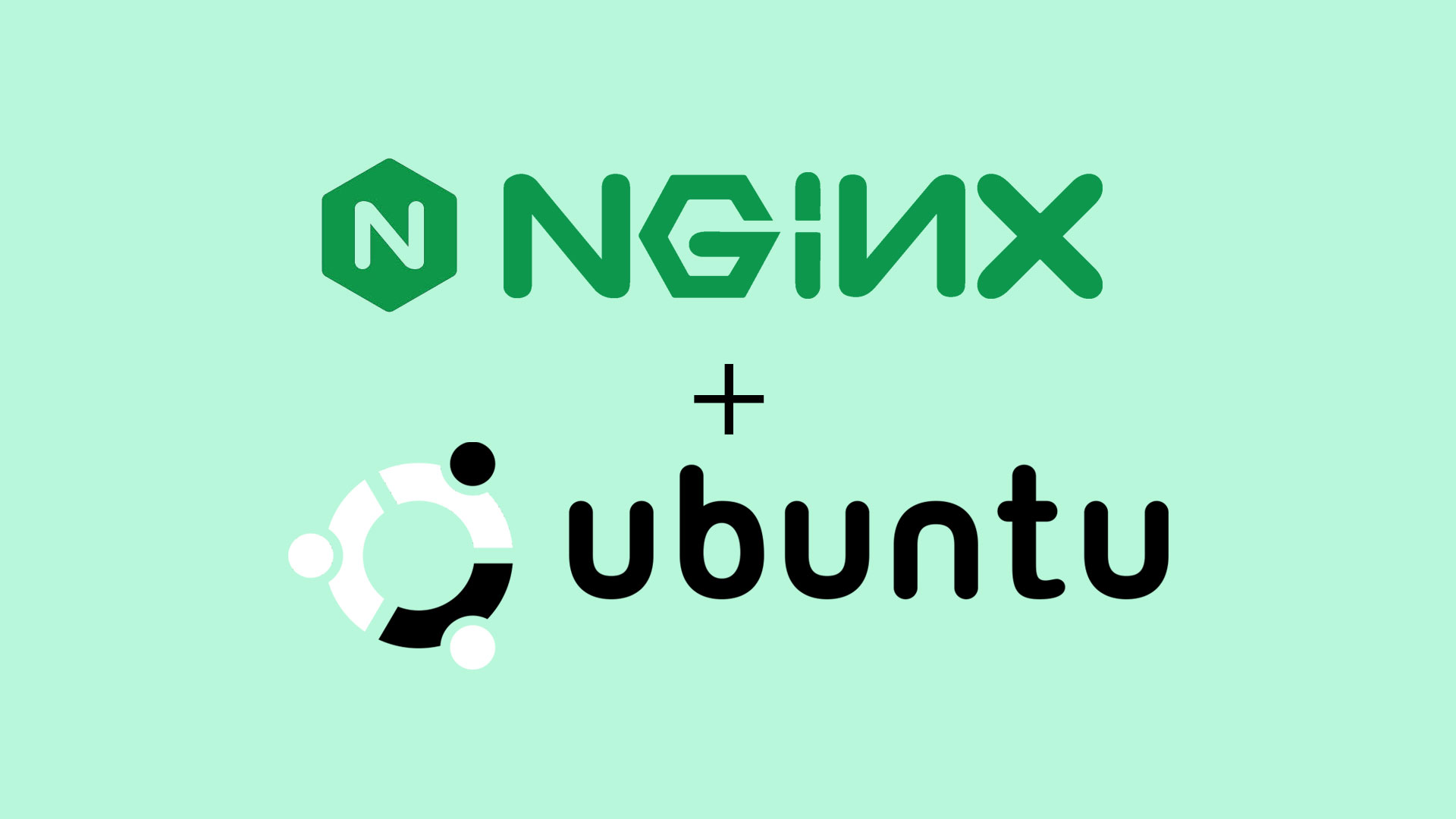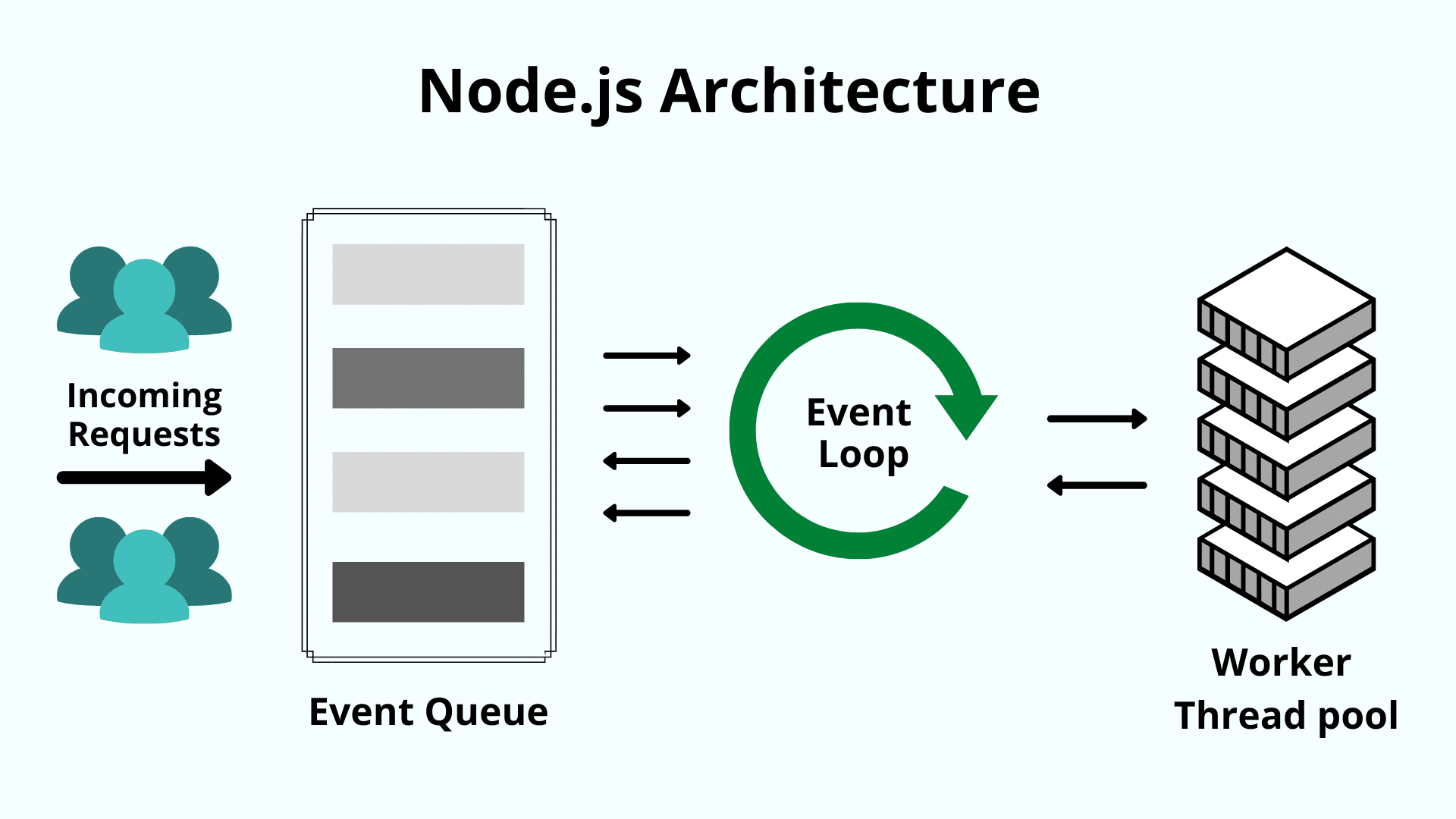
Centos Lamp Install (also known as Centos Lamp) is an open source software platform that provides a quick, easy and cost-effective way to set up your web server. It comes with the Linux Operating System, Apache Web Server (as well as MySQL database and PHP language), and Apache Web Server. It is suitable for both novice and advanced web designers.
LAMP is the foundation on which most websites are constructed, whether you're a web developer or just want to host your website. It is also one of the most widely-used web development stacks.
The tutorial below will show you how install the LAMP stack onto a CentOS 7 Server. The tutorial should work with any CentOS server, RHEL or CentOS Stream 9, as long as there are minimal changes.
1. Introduction to the LAMP Stacked
LAMP is the most popular and widely used software stack for web applications running on Linux servers. The LAMP stack consists of 4 basic components: Linux (the operating system), Apache web server, MySQL or MariaDB databases, and PHP.
2. How to Install Apache Web Server on CentOS 7.

The first step in assembling the LAMP stack is to install the Apache web server. You can do this by using yum, the CentOS Package Manager. After installing the Apache webserver, you need to enable it and run the daemon.
3. How to Install MySQL and MariaDB on CentOS 7
MySQL, an open-source database system, is the second layer in the LAMP stack. Both databases use SQL syntax. They're great for storing and managing huge amounts of data.
4. How to Install PHP in CentOS 8
The final layer of the LAMP stack is PHP, a scripting language that lets you create dynamic websites and web applications. PHP5 is the version of PHP that is most commonly used. It is included with CentOS.
5. How to install PhpMyAdmin in CentOS 8
The last layer of the LAMP stack is PhpMyAdmin, a free web interface tool that lets you manage your MySQL database. PHPMyAdmin is not part of the CentOS official repositories. Therefore, you need to obtain it from a 3rd-party repository.
6. How to Install CentOS 9 Cloud on VPS or Cloud

A LAMP Stack is essential to the process of building, testing, and hosting dynamic websites or web applications. This stack consists of the Linux OS and Apache, MySQL, PHP software packages. These are available from any cloud-hosting service provider.
You should have at least 1GB of RAM and a high-speed internet connection before installing the LAMP stack. You should also make sure your cloud-hosting company has enough hardware resources to handle LAMP.
When you finish this tutorial you will have all the information you need to run and build a LAMP web site using cloud-hosting. You'll know how to secure your site by adding an SSL and encrypting the HTTPS URLs.
FAQ
What Kinds Of Websites Should I Make?
The answer to this question depends on your goals. To build a business around your website, you may want to focus on selling products online. This can only be achieved by building a solid eCommerce website.
Blogs, portfolios, as well as forums are some other popular web types. Each type of website requires different skills. If you are looking to start a blog, then you need to know about blogging platforms like WordPress and Blogger.
You must decide how to personalize your site's appearance when choosing a platform. There are many themes and templates that you can use for free.
Once you've selected a platform to build your website, you can start adding content. Your pages can be filled with images, videos and text.
You can publish your website online once you have launched it. Visitors can access your website in their browsers once it is published.
What does a UI designer do?
An interface designer (UI) creates interfaces for software products. They are responsible for the design of the layout and visual elements in an application. Sometimes, the UI designer might also include graphic artists.
The UI Designer needs to be a problem solver and have a good understanding of how people use computers.
A UI designer needs to be passionate about software and technology. From the development of ideas to their implementation into code, a UI Designer must have a thorough understanding of all aspects.
They should be able use a variety of tools and techniques to create designs. They must be able think creatively and find innovative solutions to problems.
They should be detail-oriented, organized and efficient. They must be able quickly and efficiently to create prototypes.
They should feel at ease working with clients, large and small. They should be able, and willing, to adapt in different environments and situations.
They should be able speak clearly and effectively with others. They should communicate clearly and concisely.
They should be well-rounded and possess strong communication abilities.
They should be motivated and driven.
They should be passionate about their craft.
Should I use WordPress, or a website builder
You can start small and build a solid web presence. If you have the time and resources to build a full-blown site, then do so. But if you don't have these resources yet, starting with a simple blog might be the best option. As you become proficient in web design and development, you can add features as needed.
However, before you create your first website you need to set up a primary URL. This will allow you to point to your primary domain name when you post content.
Statistics
- The average website user will read about 20% of the text on any given page, so it's crucial to entice them with an appropriate vibe. (websitebuilderexpert.com)
- It's estimated that chatbots could reduce this by 30%. Gone are the days when chatbots were mere gimmicks – now, they're becoming ever more essential to customer-facing services. (websitebuilderexpert.com)
- Studies show that 77% of satisfied customers will recommend your business or service to a friend after having a positive experience. (wix.com)
- Is your web design optimized for mobile? Over 50% of internet users browse websites using a mobile device. (wix.com)
- When choosing your website color scheme, a general rule is to limit yourself to three shades: one primary color (60% of the mix), one secondary color (30%), and one accent color (10%). (wix.com)
External Links
How To
How to become a web designer?
A website isn't just a collection HTML code. It's an interactive platform that allows you to communicate with users and deliver valuable content.
A website is more than a medium for delivering information; it is a portal to your business. Your website should enable customers to find what they want quickly and efficiently, as well as show how you want them interacted with your company.
The best websites let visitors do exactly what it says on the tin: find what they are looking for, then go.
To achieve this goal, you will need to develop technical skills as well as design aesthetics. You will need to know HTML5 coding basics and CSS3 styling, along with the latest developments in JavaScript.
You'll also need to know how to use various tools, such as Dreamweaver, Photoshop, Illustrator, InDesign, and Fireworks, allowing designers to create and edit website graphics and layouts. And finally, you'll need to develop your style guide, which includes everything from fonts to colors to layout.
To learn more about becoming a web designer, you can start by reading articles or taking online courses.
It may take months or years for you to complete your degree. However, once you have a degree you will be ready to enter into the workforce.
Don't forget to practice! Your ability to design will make it easier for you build amazing websites.